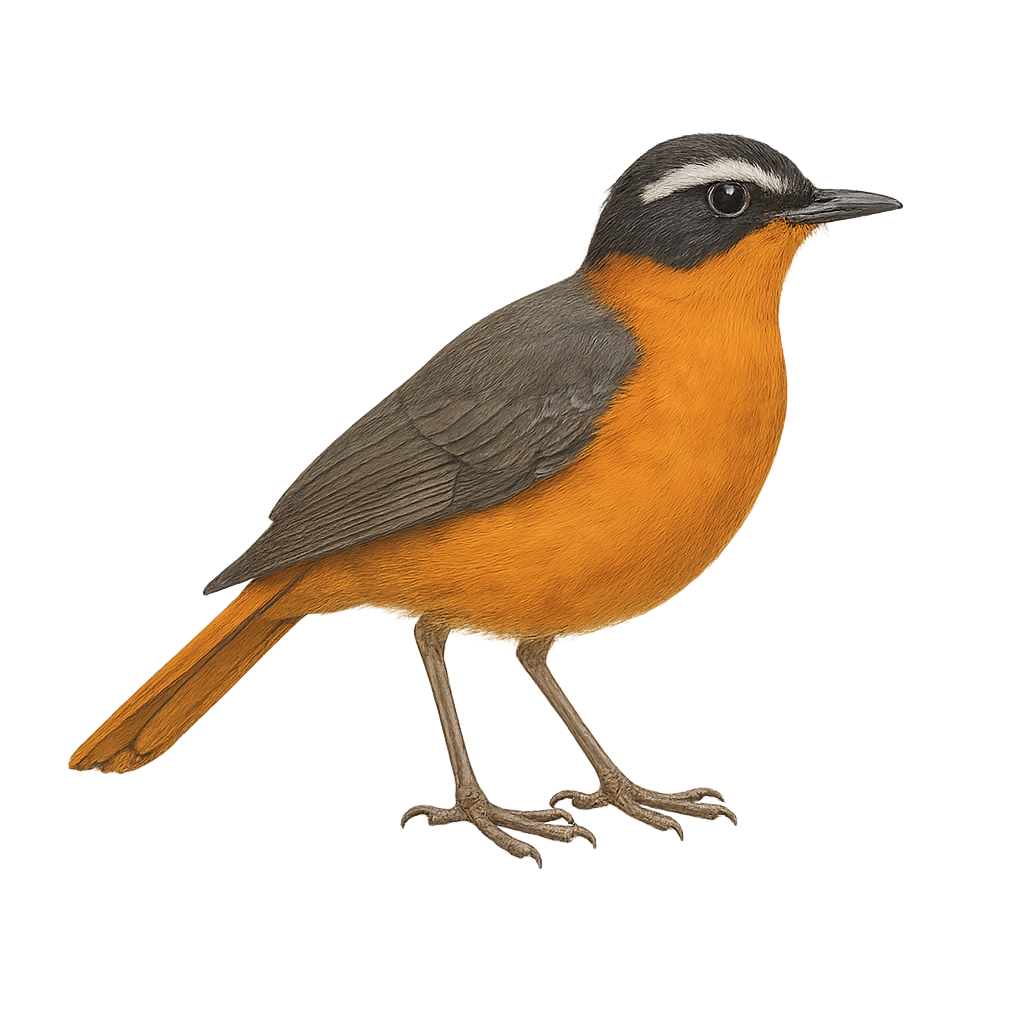Your wildlife photography guide.
Explore the rüppell's robin-chat in detail, study its behavior, prepare your shots.
Where to observe and photograph the rüppell's robin-chat in the wild
Learn where and when to spot the rüppell's robin-chat in the wild, how to identify the species based on distinctive features, and what natural environments it inhabits. The WildlifePhotographer app offers tailored photography tips that reflect the rüppell's robin-chat’s behavior, helping you capture better wildlife images. Explore the full species profile for key information including description, habitat, active periods, and approach techniques.
Rüppell's Robin-Chat
Scientific name: Cossypha semirufa

IUCN Status: Least Concern
Family: MUSCICAPIDAE
Group: Birds
Sensitivity to human approach: Suspicious
Minimum approach distance: 5 m
Courtship display: March to May
Incubation: 13-15 jours
Hatchings: March to June
Habitat:
Open forests, wooded savannas, gardens
Activity period :
Primarily active during the day, with peak activity in the morning and late afternoon.
Identification and description:
The Rüppell's Robin-Chat, or Cossypha semirufa, is a medium-sized bird, measuring about 19 cm in length. It is distinguished by its striking plumage, with a slate-grey head and back, vivid rufous belly, and orange tail. This bird is primarily insectivorous, feeding on various insects and spiders, but it can also consume berries. It is often found in open forests, wooded savannas, and gardens, where it is known for its melodious and varied song. The Rüppell's Robin-Chat is a territorial bird, often seen alone or in pairs, and is particularly active at dusk and dawn.
Recommended lens:
400 mm – adjust based on distance, desired framing (portrait or habitat), and approach conditions.
Photography tips:
To photograph the Rüppell's Robin-Chat, it is advisable to use a telephoto lens of at least 400 mm to capture detailed images without disturbing the bird. Look for it early in the morning or late in the afternoon when it is most active. Be patient and discreet, as this bird can be suspicious. Focus on natural habitats such as open forests and gardens, where it is often foraging. Use a tripod to stabilize your camera and achieve sharp shots, especially in low light conditions.
The WildlifePhotographer App is coming soon!
Be the first to explore the best nature spots, track rutting seasons, log your observations, and observe more wildlife.
Already 1 439 wildlife lovers subscribed worldwide

